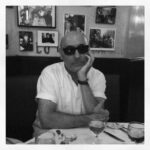

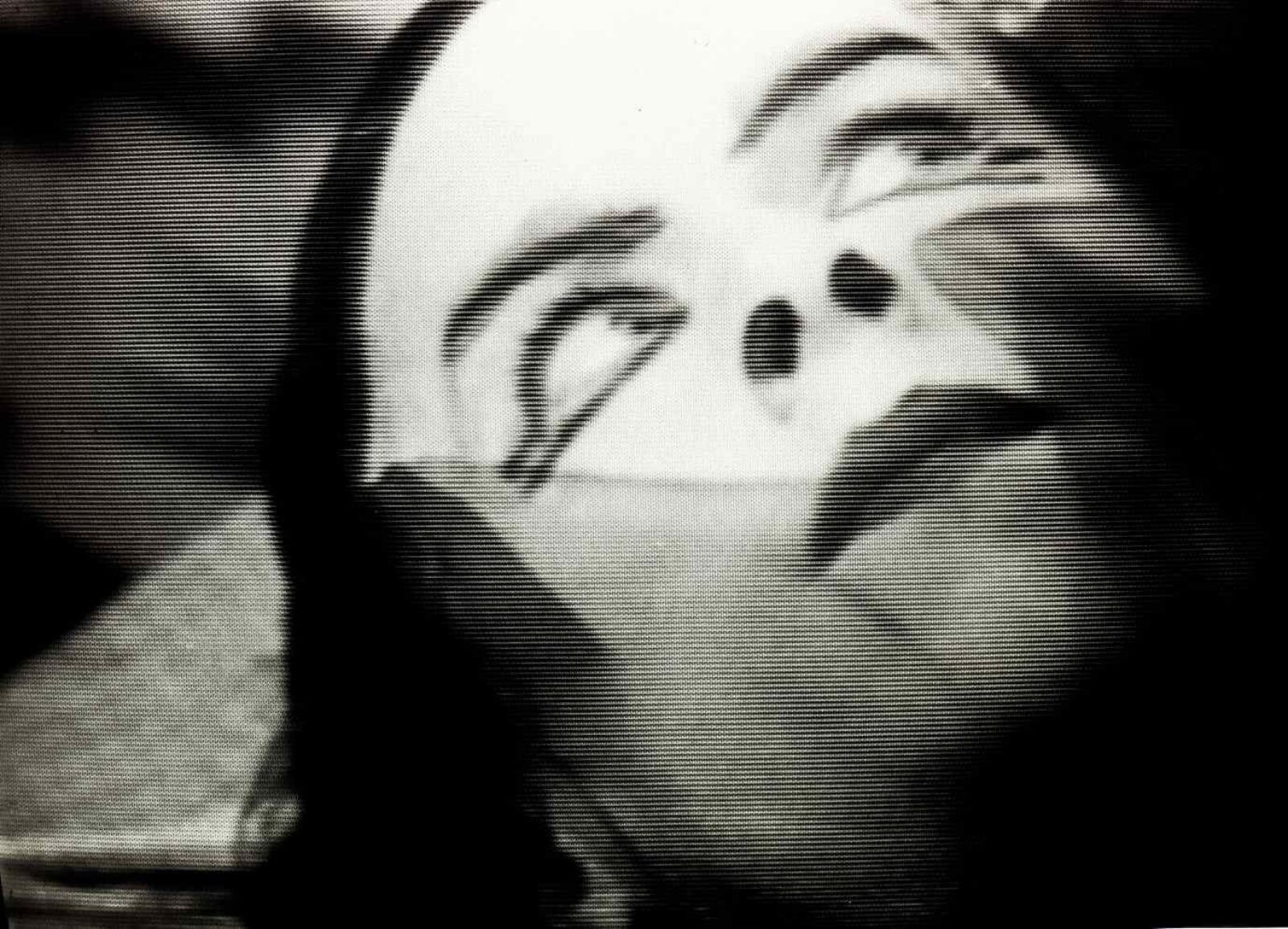






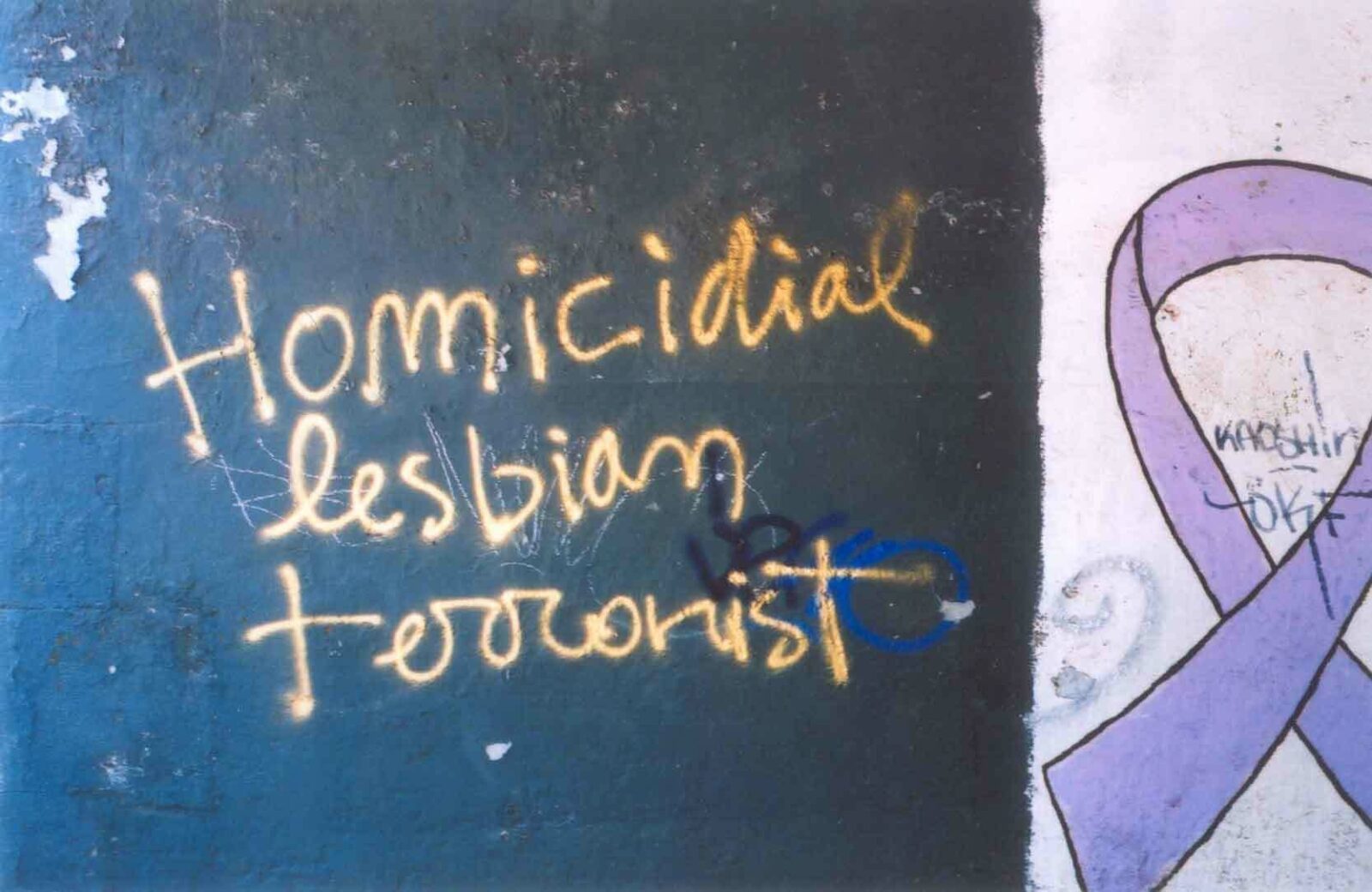

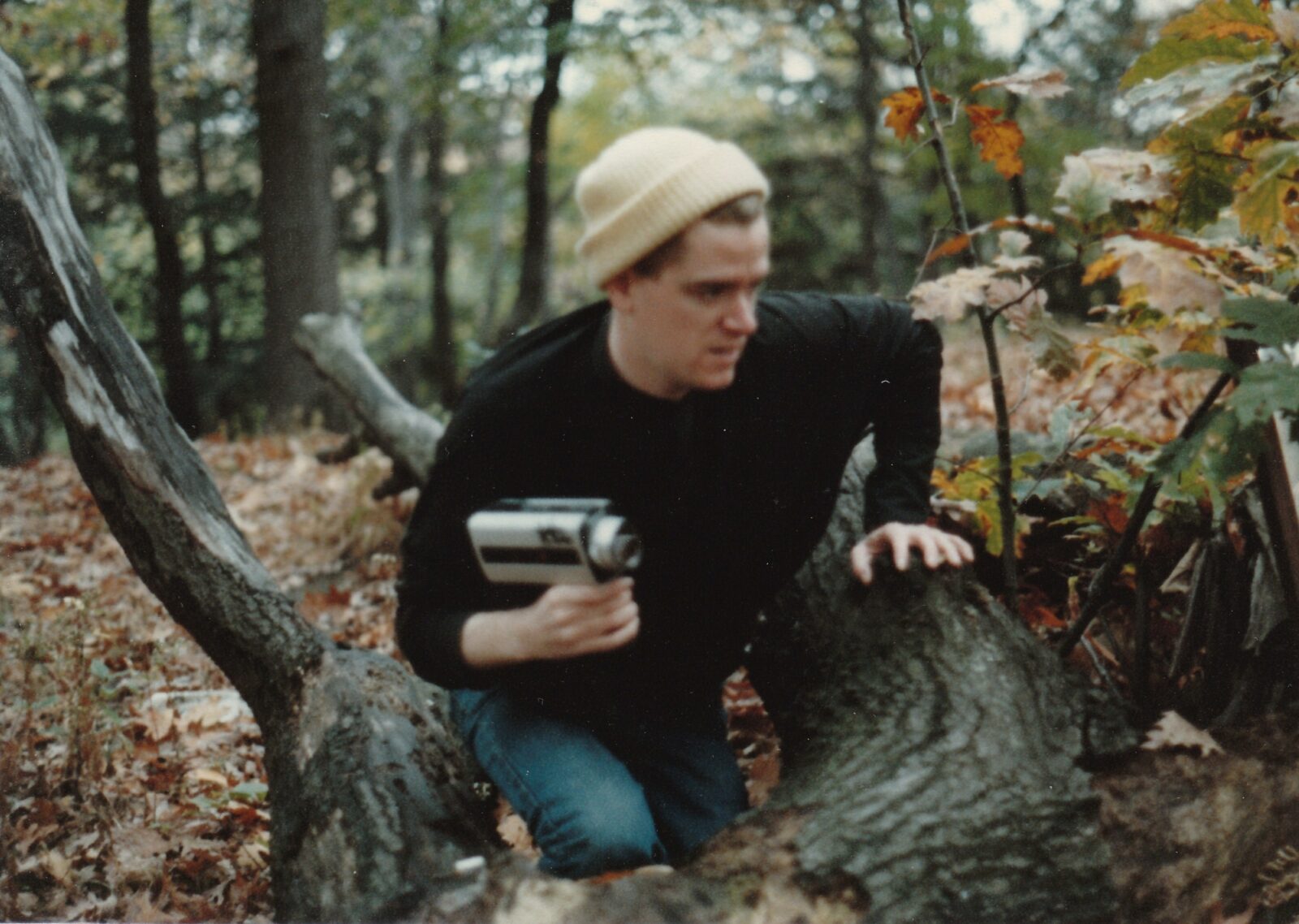
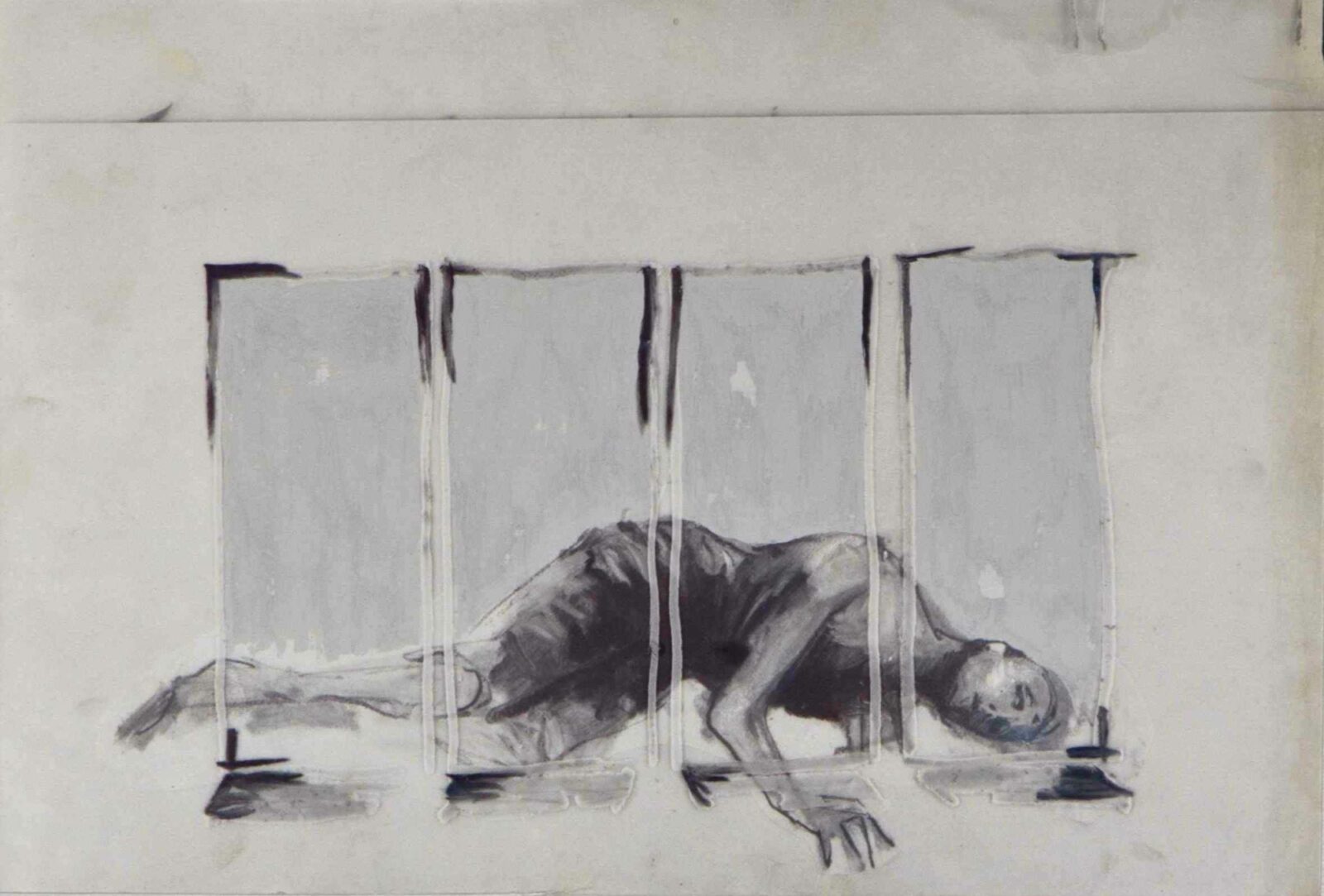


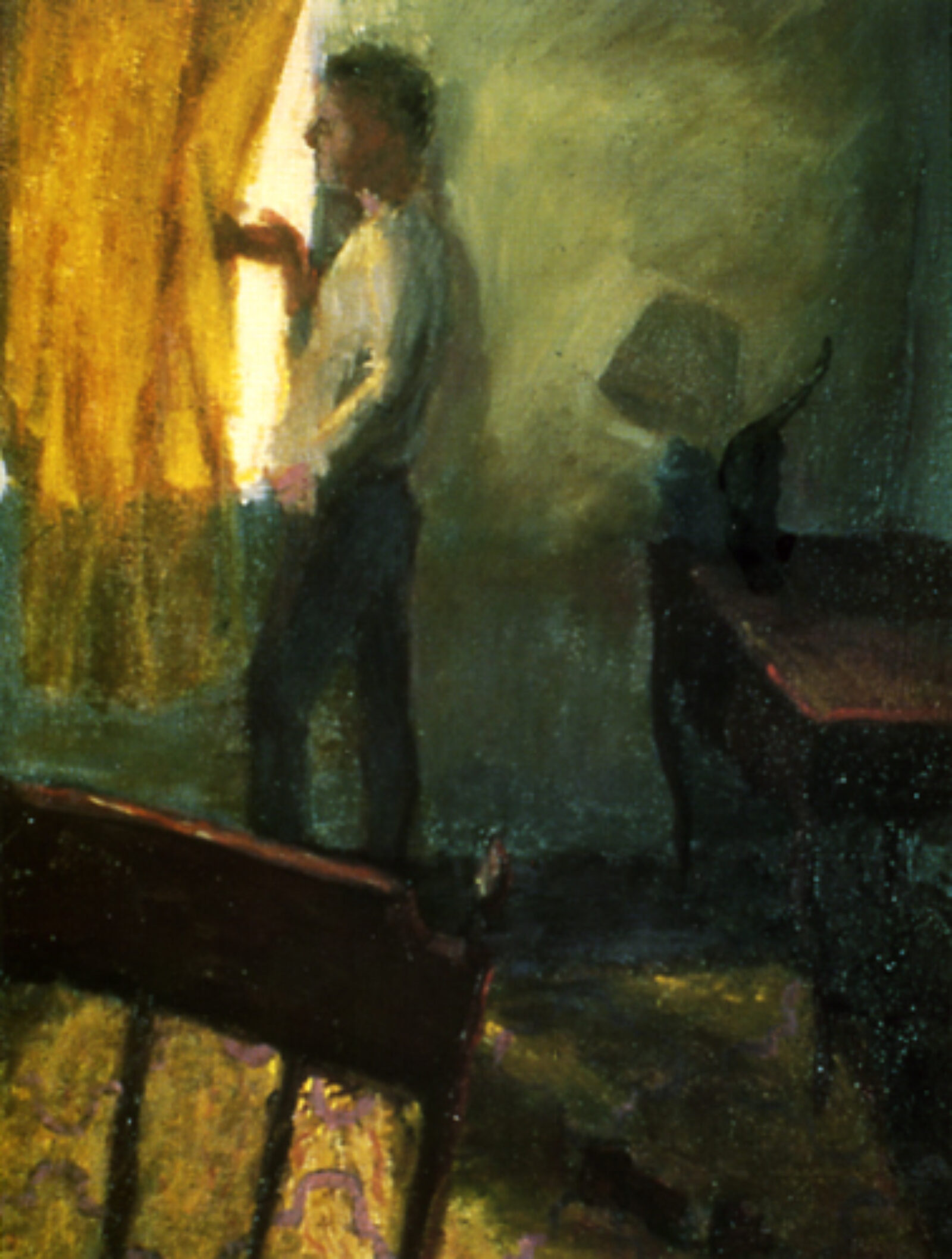



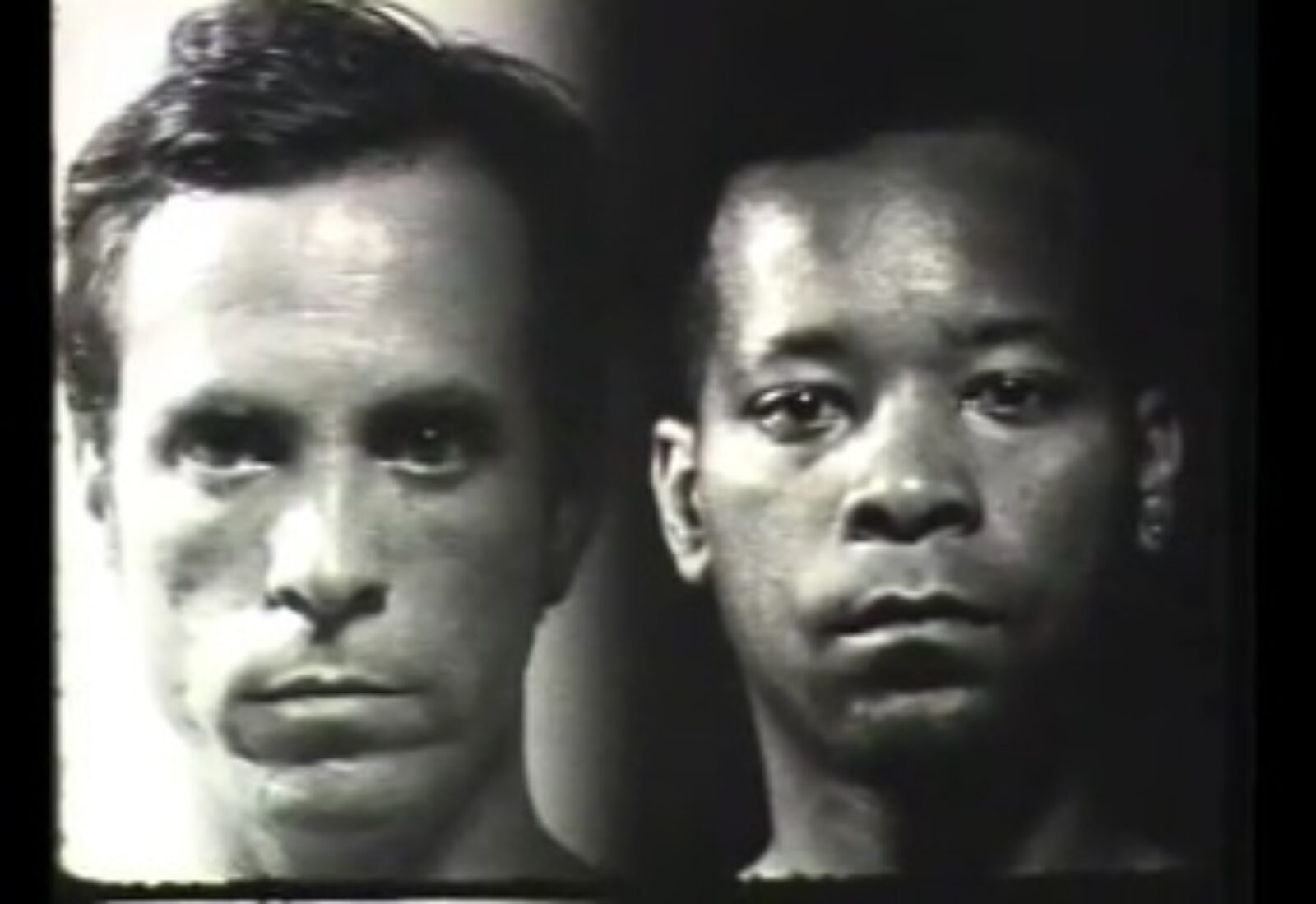
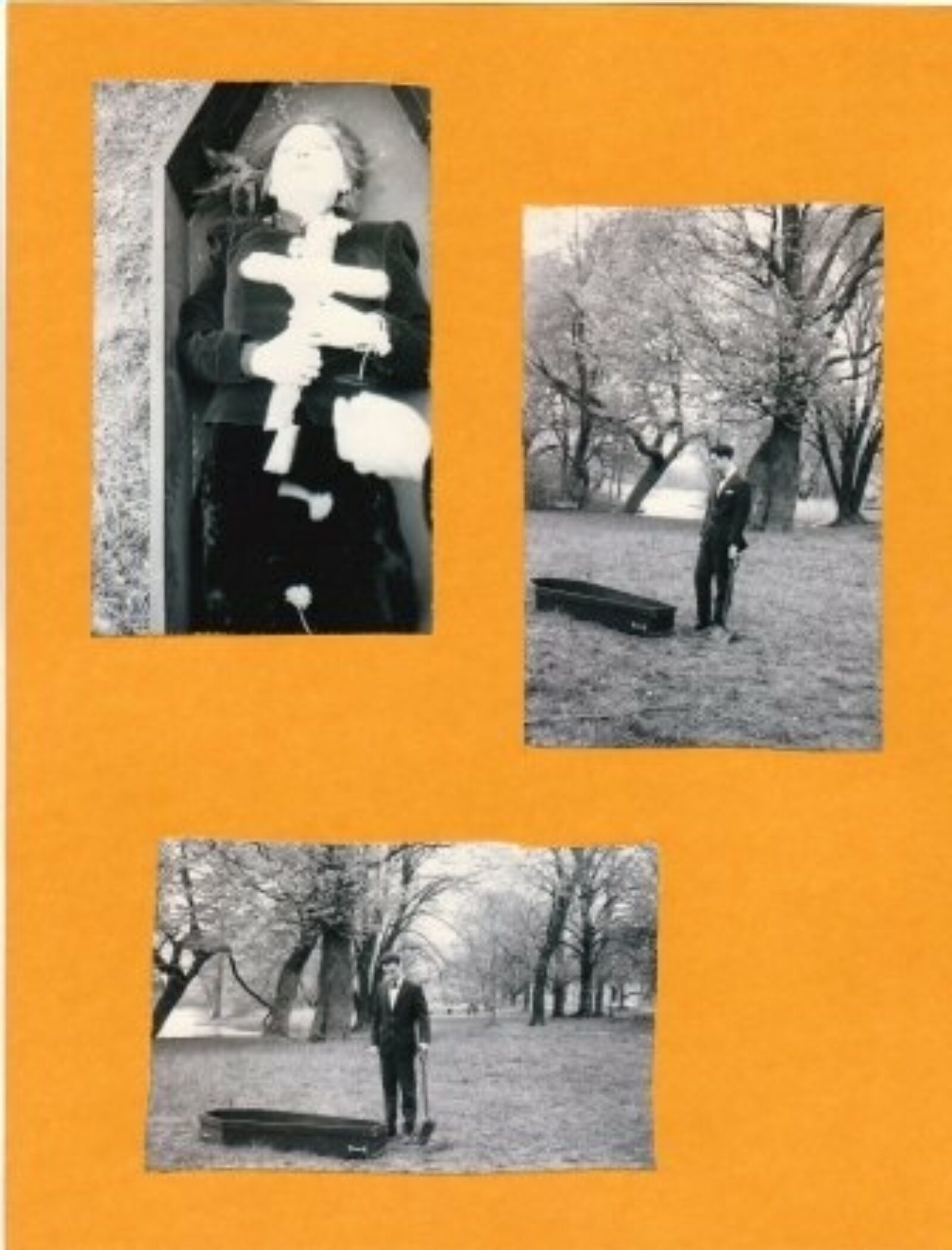





featured gallery for May 2016
Goodbye To All That
"Good-Bye to All That" is the wistful title of Robert Graves’ autobiography, written in response to abrupt changes that took place in society after World War 1—the upheaval of the old order toward a new way of living and thinking: the mechanical man, non-representational art, radical advances in science, women’s suffrage, the adoption of liberal social mores.
I came to New York City in November 1980 when, with the encouragement of my friend and gay brother Ross Laycock, I emptied my bank account of $286 and jumped on the Amtrak “Montrealer” with a one-way ticket to Grand Central Station. Ross met me on the platform, picked up my bag and whisked me downtown to his shockingly small studio apartment on 7th Avenue and 17th Street. He said, “come on, we’re going to the greatest store in the world!” – and off we went to Balducci’s where he bought soft shell crab, sun dried tomatoes, radicchio, arugula and bocconcini. He cooked my first New York meal as we ate and laughed excitedly about all the great things we were going to do. But dark clouds were rolling in, and like the world in the early twentieth century, life for us was about to change forever.
Now, 35 years later, I look back and wonder what happened? What do I know, how have I changed and grown, have I done anything worthwhile? My friends and I made good and important art; collaborated, encouraged, dissected and respected each other. The work was experimental, non-commercial and cross-disciplinary. I made costumes for Jack Waters, Peter Cramer and Brian Taylor who comprised P.O.O.L. (Performance On One Leg). Kembra Pfahler, Philly Abe, Edgar and Helen Oliver, Brad Taylor, Samoa, Hugh Steers, everyone really, acted in each other's Super-8 and 16mm films or performed together at clubs and galleries. Jack and Peter choreographed performances at Armageddon, the Mudd Club, the Pyramid or any number of the bars and venues that seemed to pop up every day. Kembra performed everywhere and formed a band with Samoa called BALLS. Gordon Kurtti was the cameraman, drew storyboards, wrote stories and poetry, made sets and costumes and availed his apartment for film shoots. We organized marathon exhibitions and events at ABC No Rio and introduced new arts programs at PS 20 Anna Silver School in the Lower East Side. We never spent more than $30. It was all interwoven and we were inextricably linked. A human gesamtkunstwerk.
We opened our hearts and minds and grew in ways we never knew possible, but the tsunami of AIDS came roaring in and threatened to drown us. Our politics were righteous, our anger furious, our persistence unwavering. We all lived in the same building or within a few blocks of each other and fought for decent housing with affordable rents—taking our landlords to housing court over building violations and winning. We demonstrated, demanded and won victories large and small, and always continued to make art. Valerie Caris Blitz became an AIDS warrior after learning she was HIV+. With the help of her family, she recovered from a near death illness and became a key player in the women’s activist movement in Boston, creating artwork addressing issues particular to women with AIDS. She worked meticulously for months, sewing her blood work results into a paper hospital gown, lined in blood red satin and leaving an opening in front to feature the raging tiger tattoo on her right hip.
Hugh painted a tender depiction of Kembra, head bowed with a black satin garland around her neck and me standing next to her, a worried hand to my chin, in my kitchen after the devastating memorial service for our great friend Gordon, who died in 1987 at the age of 26. Felix Gonzalez-Torres said it was the most beautiful gathering he’d ever seen. I remember that glorious summer day on Jones Beach when I took the photo of Felix and Ross, bursting with love for each other, looking sexy and glamorous, not a care in the world. But it was not to be, when just a few years later I gave Ross his last bath, his skeletal body covered with Kaposi’s Sarcoma lesions and soon thereafter, Sharron Campeau and I made funeral arrangements to his exacting specifications; that his ashes be separated into 100 small bags so Felix could carry him everywhere and leave a bit of Ross in the places they both loved.
Many nights I’m visited by dead friends and I cry in my sleep, wake up with tears running down my face and feel as though nothing will ever get better. Freud’s definition of trauma is the unanticipated overwhelming of the psyche, which is unable to manage the intruding excess. It resorts to various counter-intuitive strategies like repeating the event in memory and dreams over and over again, trying to gain a semblance of control. So, I fight to go on and I still sometimes wake up crying, because Freud was right.
A voice from within tells me that it’s time to refocus and reevaluate my purpose in life; to create an upheaval of the old order. I’m excited to begin again with great and interesting projects in Detroit, where I spent my gay teens; a city beaten down, busted up, bankrupt, dangerous, gorgeous and exciting—much like the East Village of 1981. AIDS killed a part of me that no organ donor can replace, no therapy will exorcize, no rampant, wild sex can balm. I’ve tried. So, I say goodbye to all that even as the desire to create is stronger than ever, wonderful memories burn inside me and the warmth of their soul lingers on: Ross, Hugh, Andre, Serge, Gordon, Rejean, Bruce, Richard, Felix, Brian, Tim, Valerie and so many others.
And whatever happens to us later in life,
If we don’t meet for twenty years afterwards,
And even if we are occupied with most important things,
Even if we attain honor or fall into great misfortune –
Still let us always remember how good it was once here,
When we were all together, united by a good and kind feeling
Which made us better perhaps than we are.
~The Brothers Karamazov, Fyodor Dostoyevsky
